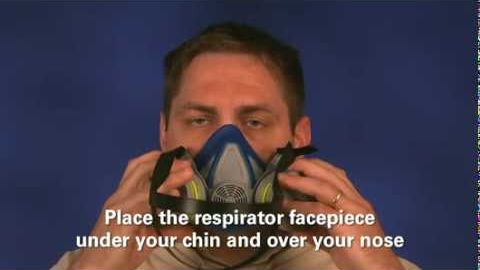呼吸器の安全性 (Respirator Safety)
kuoyumei が 2021 年 01 月 14 日 に投稿  この条件に一致する単語はありません
この条件に一致する単語はありません- v.t./i.(ボールを)ヘディングする;先頭にいる : 最初にいる;向かう;〜の頭である;率いる
- n. (c.)一頭 : 一匹;長 : 代表;コインの表;頭;源
- n. (u.)能力;頭脳 : 知能 : 理性
US /ˈslaɪtli/
・
UK /ˈslaɪtli/
US /ˈprɛʃɚ/
・
UK /'preʃə(r)/
- n. (c./u.)重圧 : プレッシャー;圧力;説得;プレッシャー;圧力 (物理);圧力 (印刷);時間的プレッシャー;政治的圧力;血圧
- v.t.圧力をかける;強く説得する
US /ˈprɑːpərli/
・
UK /ˈprɔpəlɪ/
エネルギーを使用
すべての単語を解除
発音・解説・フィルター機能を解除

